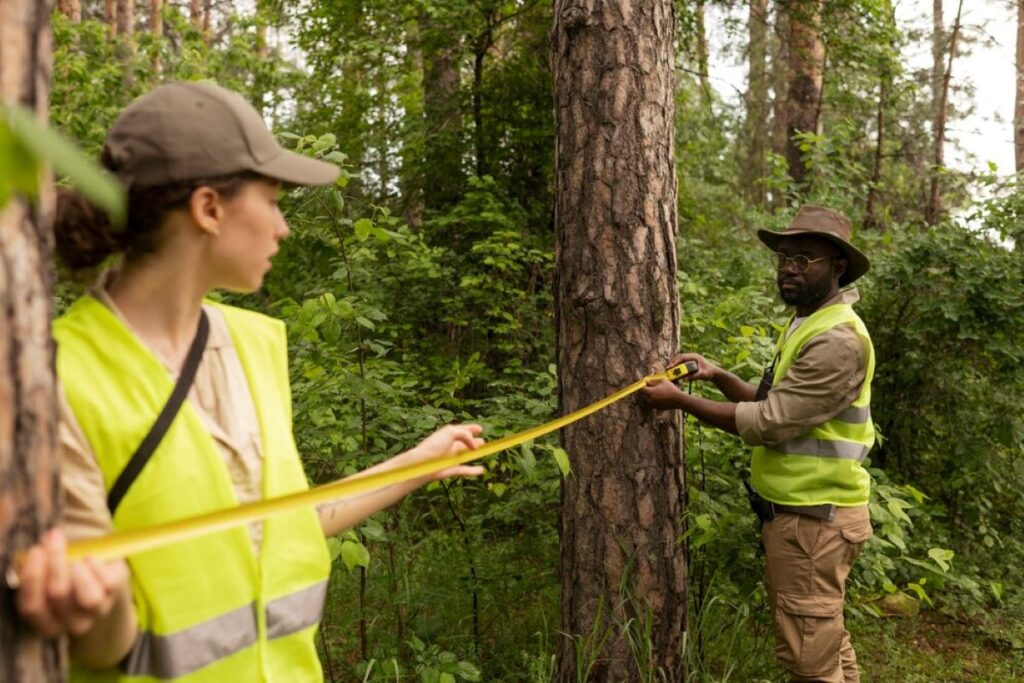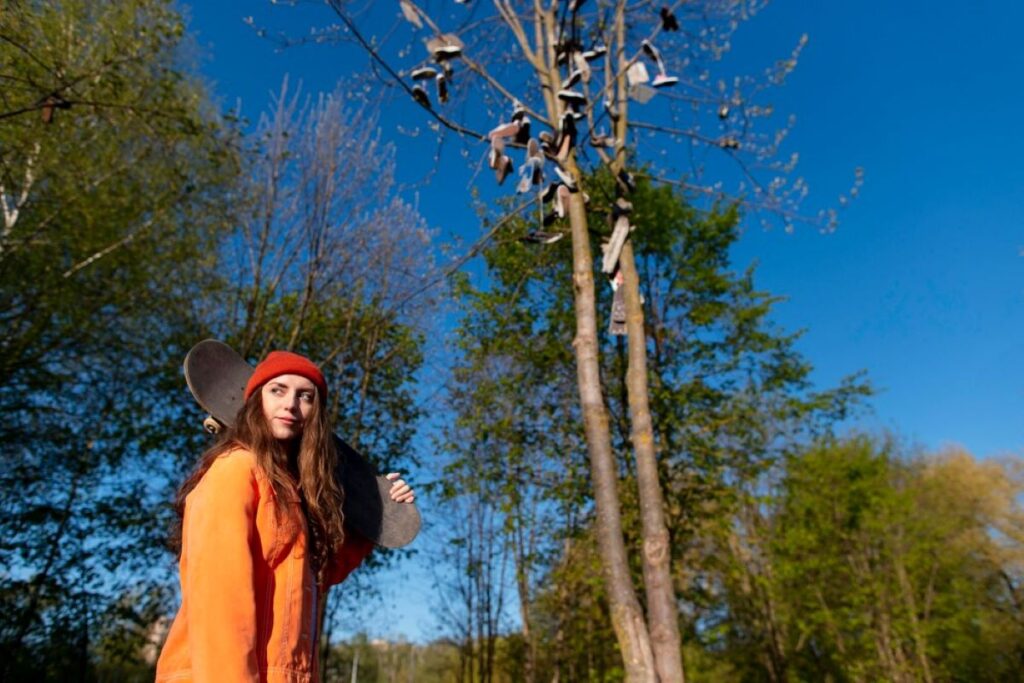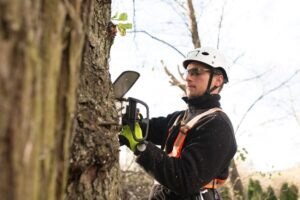Safe and Efficient Sydney Tree Lopping: What You Should Know
Tree lopping is a crucial aspect of maintaining the health and aesthetics of your garden or property. In Sydney, where the urban landscape is often intertwined with nature, understanding the ins and outs of tree lopping can make a significant difference. This article will guide you through the essentials of safe and efficient tree lopping, ensuring your trees remain healthy while enhancing the beauty of your surroundings.
Understanding Tree Lopping
Sydney tree lopping involves the removal of large branches or limbs from a tree. While it may seem like a straightforward task, it requires a deep understanding of tree biology and the right techniques to ensure the tree’s health is not compromised. Proper lopping can promote growth, improve the tree's structure, and reduce the risk of falling branches during storms.
Why is Tree Lopping Necessary?
There are several reasons why tree lopping is essential. Firstly, it helps in maintaining the health of the tree by removing dead or diseased branches that may hinder growth. Secondly, lopping can enhance the overall aesthetics of your garden, allowing more sunlight to penetrate and creating a more open space. Lastly, it can prevent potential hazards by reducing the risk of falling branches, especially during severe weather conditions. In addition to these practical benefits, tree lopping can also encourage the development of a stronger canopy, which can improve the tree's resilience against pests and diseases. A well-maintained tree not only contributes to the beauty of your landscape but also plays a crucial role in supporting local wildlife, providing habitats for birds and insects.
When is the Right Time for Tree Lopping?
The timing of tree lopping is crucial. Generally, the best time to lop trees is during their dormant season, which typically falls in late autumn to early spring. During this period, the tree is less stressed, and the risk of disease transmission is reduced. However, specific species may have unique requirements, so it is advisable to consult with a professional arborist to determine the optimal timing for your trees. Moreover, understanding the specific growth patterns and flowering cycles of different tree species can further enhance the effectiveness of lopping. For instance, some trees may benefit from lopping immediately after flowering, allowing for better air circulation and light penetration, which can lead to a more vibrant display in the following season. This nuanced approach not only ensures the health of the tree but also maximises the aesthetic appeal of your garden throughout the year. Want to get a guide about tree pruning visit https://www.ryde.nsw.gov.au/Environment-and-Waste/Trees/Tree-Pruning-Guide.
Safety Considerations in Tree Lopping
Safety should always be the top priority when it comes to tree lopping. The process can be dangerous, especially when working with large trees or using heavy equipment. Understanding the risks and taking the necessary precautions can prevent accidents and injuries.
Personal Protective Equipment (PPE)
Wearing the appropriate personal protective equipment is essential. This includes a hard hat to protect against falling branches, safety goggles to shield the eyes from debris, gloves to protect the hands, and sturdy boots to provide grip and support. Additionally, ear protection may be necessary when using loud machinery. It is also advisable to wear high-visibility clothing to ensure that you are easily seen by others, particularly in areas where there may be additional workers or bystanders. The environment can be unpredictable, and being visible is an important aspect of maintaining safety on-site.
Using the Right Tools
Having the right tools for the job is paramount. Chainsaws, pruning saws, and loppers are commonly used in tree lopping. Each tool serves a specific purpose, so it is vital to choose the correct one based on the size of the branches being removed. Regular maintenance of tools is also crucial to ensure they operate safely and efficiently. Beyond just having the right tools, it is important to be familiar with their operation. This includes understanding how to handle them safely and knowing the correct techniques for cutting. Training in the use of these tools can significantly reduce the risk of accidents, as improper handling can lead to serious injuries. Furthermore, it is wise to keep a first aid kit on hand, as accidents can happen even with the best precautions in place, ensuring that immediate assistance is available if needed.
Choosing a Professional Tree Lopping Service
While some homeowners may feel confident in their ability to lop trees, hiring a professional tree lopping service is often the best choice. Professionals have the expertise, experience, and equipment necessary to carry out the task safely and effectively. Attempting to manage tree lopping without the right skills can lead to not only personal injury but also damage to property and surrounding vegetation. Therefore, it is prudent to rely on trained individuals who can assess the health of the tree and determine the best course of action.
What to Look for in a Tree Lopping Service
When selecting a tree lopping service in Sydney, consider the following factors:
- Qualifications and Experience: Ensure the company has certified arborists with extensive experience in tree lopping.
- Insurance: A reputable service should have public liability insurance to cover any potential damages or accidents.
- References and Reviews: Look for customer reviews and ask for references to gauge the quality of their work.
The Importance of Local Knowledge
Choosing a local tree lopping service can bring additional benefits. Local professionals are familiar with the native tree species in Sydney and understand the specific regulations and environmental considerations that may apply. This knowledge can lead to more effective and compliant tree management practices. Moreover, they are often aware of the local wildlife that may inhabit the trees, ensuring that any lopping is done with consideration for the ecosystem. This is particularly important in urban areas where green spaces are limited, and every tree plays a crucial role in maintaining biodiversity.
Additionally, local tree loppers are more likely to understand the seasonal variations that can affect tree health and growth. For instance, they can advise on the best times to prune or remove trees to promote healthy regrowth or to minimise stress on the tree. Their familiarity with local weather patterns can also inform their approach, ensuring that any lopping is conducted at a time that mitigates risks associated with storms or heavy winds. By choosing a service that is deeply rooted in the community, homeowners can feel confident that they are making an informed choice that benefits both their property and the environment.

Tree Lopping Techniques
Understanding the various techniques used in tree lopping can help homeowners appreciate the skill involved in the process. Different methods can yield different results, and the right technique will depend on the tree species and the desired outcome.
Reduction Lopping
Reduction lopping involves selectively removing branches to reduce the overall size of the tree without compromising its shape. This technique is particularly useful for trees that have outgrown their space or are encroaching on structures. Careful planning is required to ensure the tree maintains its natural form and health.
Thinning
Thinning is another technique that involves removing select branches to improve air circulation and light penetration. This method can enhance the overall health of the tree and reduce the risk of disease. Thinning should be done judiciously, as over-thinning can lead to stress and weaken the tree.
Environmental Considerations
Tree lopping can have significant environmental implications, particularly in urban areas where trees play a vital role in maintaining biodiversity and improving air quality. It is essential to consider these factors when planning tree lopping activities.
Preserving Native Species
In Sydney, many native tree species are protected under local legislation. Before undertaking any lopping, it is crucial to check whether the tree is a protected species and to understand the legal requirements surrounding its management. Engaging a qualified arborist can help navigate these regulations and ensure compliance.
Promoting Biodiversity
Healthy trees contribute to local biodiversity by providing habitat for various wildlife species. When lopping trees, it is essential to consider the impact on local fauna and flora. Responsible lopping practices can help maintain the ecological balance while ensuring the safety and aesthetics of your property.
Post-Lopping Care
After tree lopping, proper care is essential to ensure the health of the tree. Neglecting post-lopping care can lead to complications and even tree death.
Monitoring Tree Health
Following lopping, it is crucial to monitor the tree for signs of stress or disease. Look for unusual growth patterns, wilting leaves, or signs of pests. Early detection can help address issues before they become severe.
Watering and Mulching
Providing adequate water and nutrients is vital for the recovery of a lopped tree. Regular watering, especially during dry spells, can help the tree bounce back. Additionally, applying mulch around the base can retain moisture and suppress weeds, promoting a healthy growing environment.
Cost of Tree Lopping in Sydney
The cost of tree lopping can vary significantly based on several factors, including the size of the tree, the complexity of the job, and the location. Understanding these factors can help homeowners budget effectively for tree maintenance.
Factors Influencing Cost
- Tree Size: Larger trees generally require more time and equipment to lop, resulting in higher costs.
- Accessibility: If the tree is located in a difficult-to-reach area, additional equipment and labour may be required.
- Health of the Tree: Trees that are diseased or damaged may require more careful handling, impacting the overall cost.
Getting Quotes
When seeking tree lopping services, it is advisable to obtain multiple quotes from different companies. This not only helps in finding a competitive price but also allows homeowners to assess the professionalism and reliability of various services. Always ensure that quotes are detailed and include all potential costs, such as disposal fees and additional services.

Conclusion
Tree lopping is an essential practice for maintaining the health and safety of trees in Sydney. By understanding the techniques, safety considerations, and environmental implications, homeowners can make informed decisions about tree management. Whether opting for professional services or undertaking lopping themselves, prioritising safety and tree health will ensure a beautiful and safe outdoor environment.
In an urban landscape where nature and city life coexist, responsible tree lopping not only enhances the aesthetic appeal of properties but also contributes to the overall well-being of the environment. By following the guidelines outlined in this article, individuals can ensure that their tree lopping practices are safe, efficient, and environmentally conscious.
More to Read : Finding the Right Arborist Sydney: 5 Questions You Need to Ask


